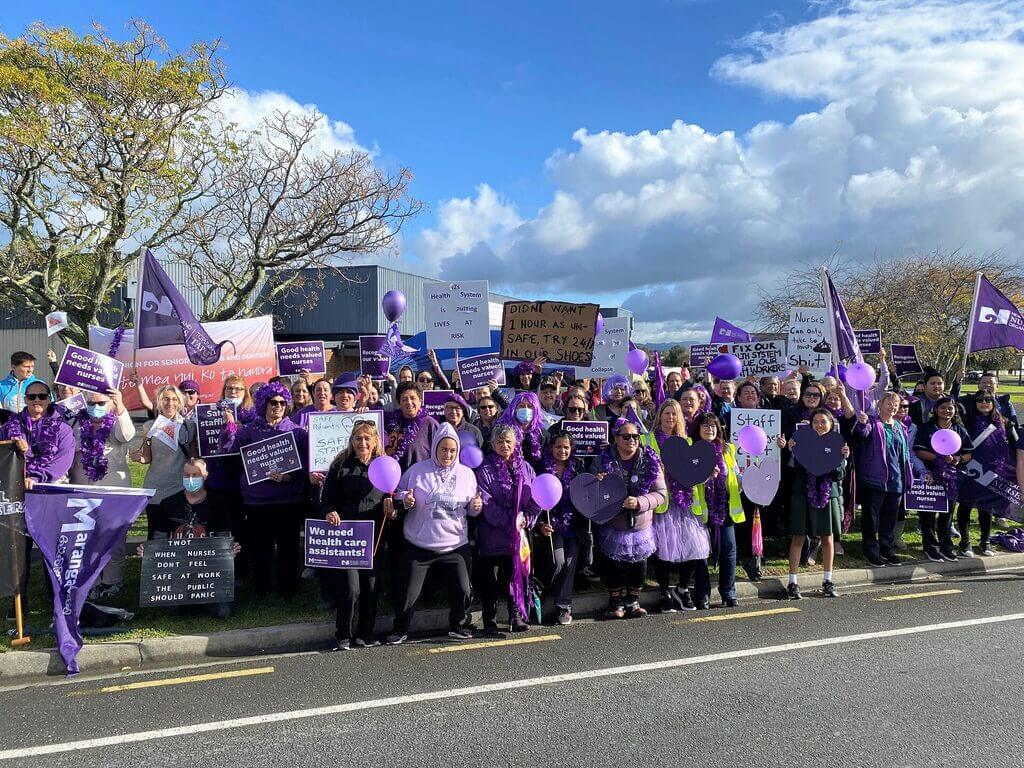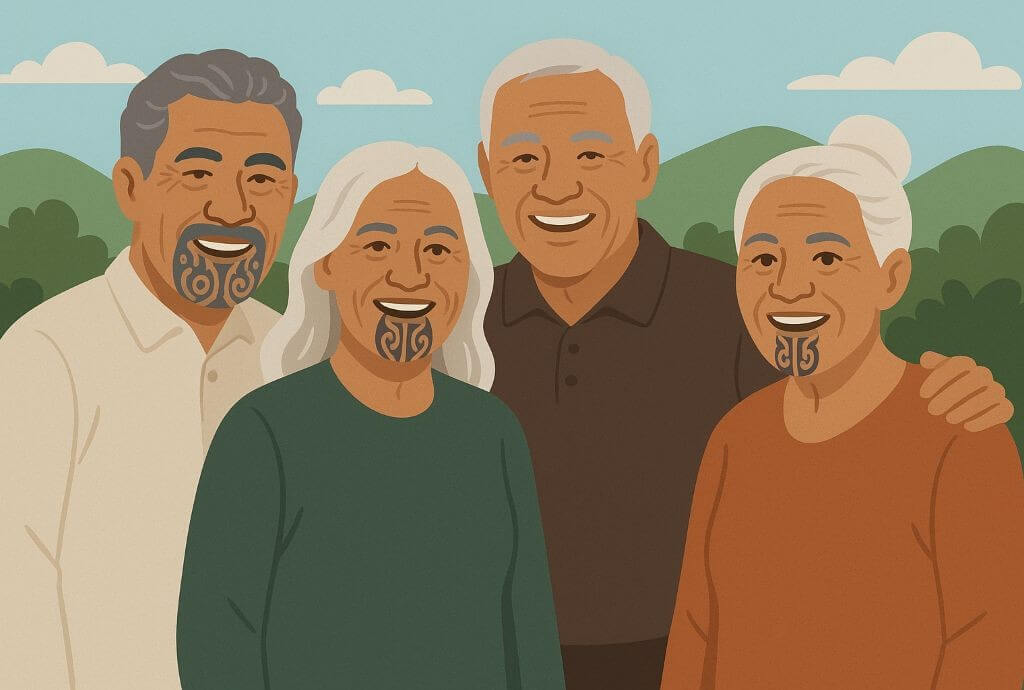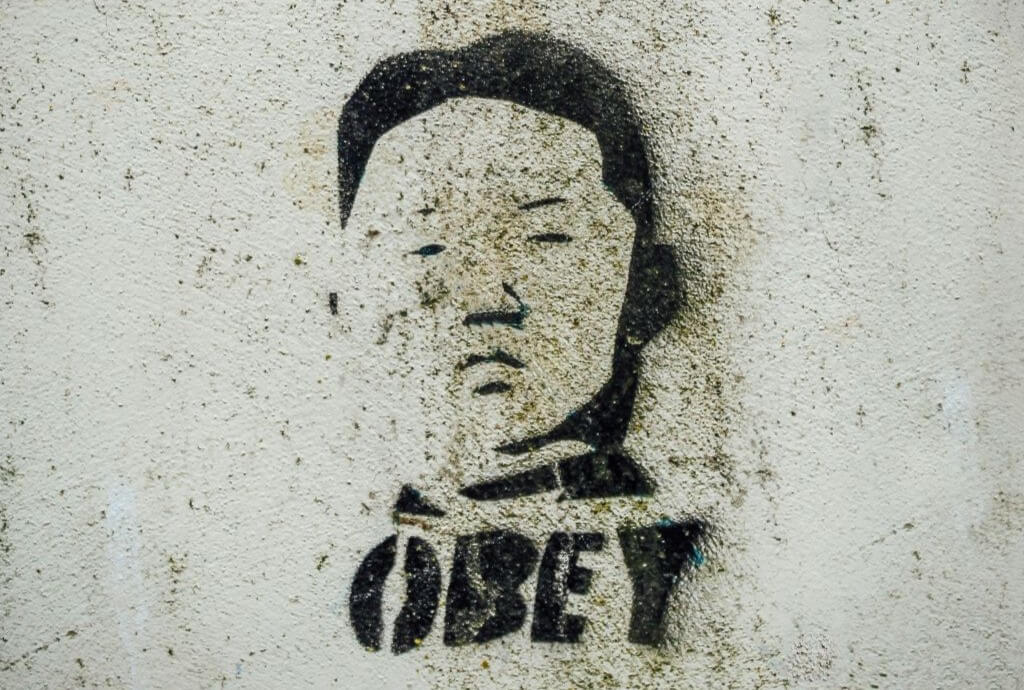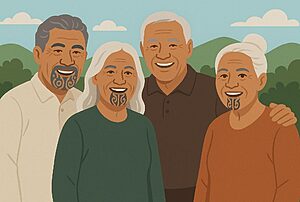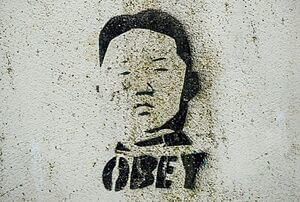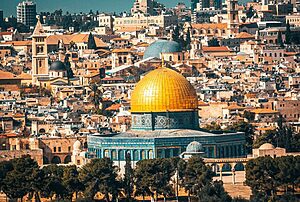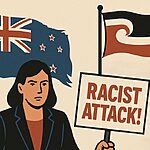In brief
- Activists blur culture with race, using it to gain advantages in areas like law and education.
- Critics argue that questioning the dominance of a culture isn’t inherently racist.
- Many practitioners have mixed ancestry so it literally cannot be about race.
- The media’s silence on extreme statements further stifles open debate.
This is part of a 3 part series on tikanga in the law. Click for Part 1 and Part 2.
Conflating culture with race
Activists, in their zeal to promote Māori culture (e.g. tikanga), often seek to impose their beliefs onto the majority by willfully blurring the line between culture and race.
We make the distinction here between culture and race because it is obvious and widely accepted that the overwhelming number of Māori have considerable non-Māori ancestry.
Māori identity and how Māori are perceived can be complex and distorted. Politicised narratives have implications for how resources are allocated, particularly in areas like health, education, and justice.
Activists often make it about race, which ironically, is racist, at least by our definition. But those advocating this kind of distinction by race, often called progressives when they are not the race that stands to win from the changes, fail to recognize the left’s brand of racism.
Yet critics are mainly concerned with tikanga’s lack of fixed definitions, which makes its application tricky. Its critique doesn’t seem inherently racist because it is about questioning the dominance or superiority of one (largely undefined) culture over others.
It is not about targeting a specific race.
An extreme example is the Dean of the AUT Law School, Kylee Quince, who immediately pulled the race card when she called Judd KC’s effort to scupper mandatory tikanga training for law students.
She called him an “old racist dinosaur” who should “die quietly in the corner”.
Deputy Prime Minister Winston Peters supported Judd KC’s complaint, labelling tikanga as “cultural indoctrination” rather than law.
“Someone in Quince’s position, with this septic and out of touch modus operandi, raises the question of the proper use of taxpayer funding,” he said.
Additionally, the Māori Law Society attempted to conflate Judd KC’s pushback with being fearful and intimidated by Māori culture.
The media allows accusations of racism as a legit response to criticism of culture
The mainstream media seems to provide a firehose of continuous and unchecked accusations by cultural activists against mainstream New Zealand of being colonial, racist, genocidal, white supremacists.
The result is open debate on a range of ideas is stifled.
We saw no media outlet challenging Quince directly on her extreme statements (other than to print, without editorialising, what other parties said). Nor was there any push back against representatives from the Māori Law Society’s patronising response.
Te Pāti Māori defends promoting their culture as dominant (again)
Te Pāti Māori MP Mariameno Kapa-Kingi also went unchallenged by the media in her over-the-top depiction of Children’s Minister Karen Chhour’s efforts to repeal Section 7AA of the Oranga Tamariki Act.
Chhour’s (herself a Māori wahine) repeal is to ostensibly prevent Māori children from being removed from non-Māori, but otherwise supportive, homes.
Kapa-Kingi characterised the move as a white supremacist policy of “extermination” of Māori children.
Section 7AA’s express purpose of prioritising culture over other considerations has been credibly correlated with a drastic, and worsening, rise in violence against Māori children. But there’s no indication to us that the mainstream media is providing this context.
In the same article TPM co-leader Debbie Ngawera-Packer was euphemistically allowed to pass off Kapa-Kingi’s extreme rhetoric as “grassroots language.”
Even Te Pāti Māori sometimes acknowledges it has gone too far
However, Te Pati Māori has in the past walked back from perceptions of cultural supremacism. For instance, after its housing policies were perceived to marginalise migrants and refugees, the party apologised to those communities in New Zealand.


